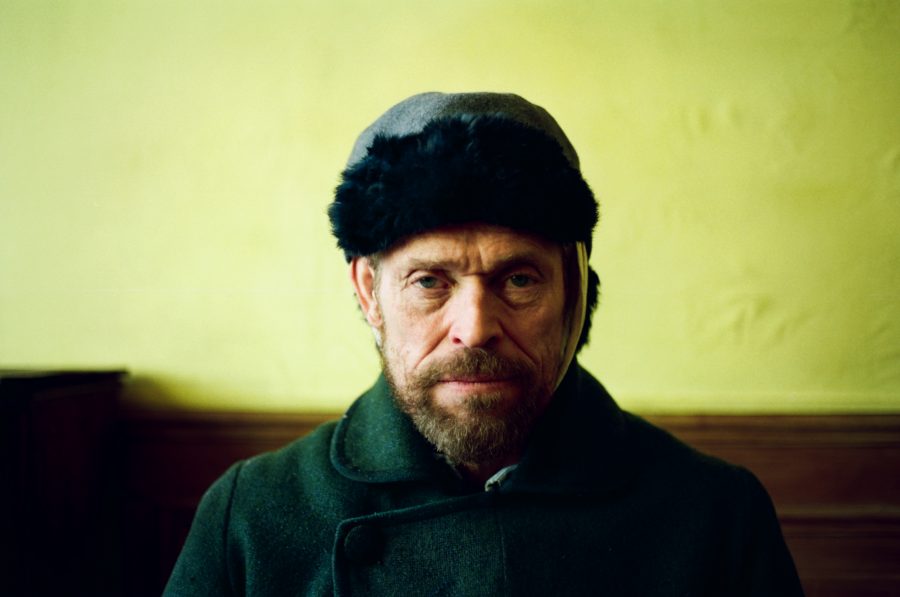Many have tried to bring Vincent Van Gogh to life on screen, most recently in the experimental animated film “Loving Vincent,” but none have done it as perfectly as director Julian Schnabel.
“At Eternity’s Gate” focuses on the final years of Van Gogh’s (Willem Dafoe) life when he left Paris to seek out the sunlight in Southern France. Putting more attention on the creation of the art and Van Gogh’s descent into senility, Schnabel depicts an unbarred glimpse into the artist’s desperation to create.
Schnabel constructs a chaotic and visually stunning film that encapsulates a legendary painter who never knew the level of success he would one day reach. The film features sharp cuts, extended scenes of silence and shaky camera work giving the film an unhinged nature.
Although Van Gogh was an enormously troubled individual, Schnabel makes clear that Van Gogh was tormented not by his art, but by his inability to communicate through his art. Van Gogh’s deepest desire was to create art that made others understand the way he saw the beauty of nature, but he felt as though he kept failing to attain that goal. The deep dive into Van Gogh’s process of creation makes the film incredibly compelling.
While at times the camera work overpowers some of the scenes, it is, for the most part, incredibly direct in its intent. The ever-shifting perspective of the camera — shifting between shaky handheld point of view to steady shots of a breathtaking landscape from above — and style reflect the ever-unpredictable mind of Van Gogh. The use of close-ups of those in conversation with Vincent, rather than showing them both, represents the detachment Van Gogh felt in his intimate relationships.
Willem Dafoe is actually over 20 years older than Van Gogh when he died, yet the age gap helps to show a man who has lived a life that has aged him faster than most. The range of emotion that Dafoe performs is genuinely remarkable. In some scenes, the simple tilt of his eyes instantly conveys a distinct change in the character. The most beautiful example of this nuance is when Van Gogh is talking to the priest (Mads Mikkelsen). When the camera focuses solely on Dafoe, the audience gets to see this understated yet brilliant use of facial movement at work and makes one of the quieter scenes of the film among the most enthralling. The subtlety of his emotions in conversations mixed with the intensity of his outbursts is thrilling to witness and make his performance one of the best of the year.
“At Eternity’s Gate” is an imperfect film but in the best way possible. It is created to be sensually overpowering and jarring because that is the world that Vincent not only lived in but created through his work.
Email Kaylee DeFreitas at [email protected].























































































































































